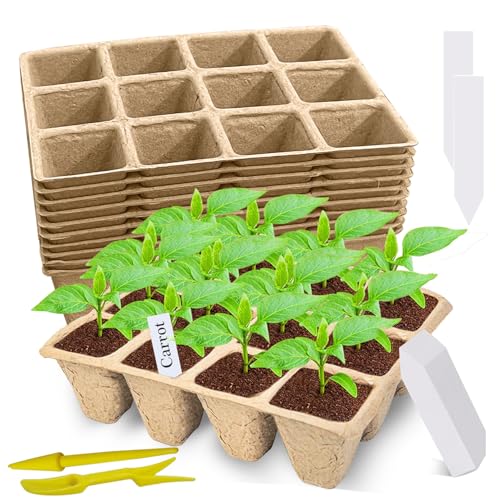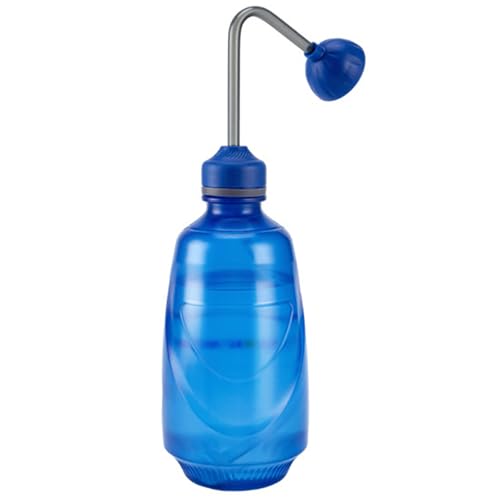How to fix leggy seedlings – horticulturists share exactly how to save them, and avoid the issue in future
Don't despair: with the right support leggy seedlings can be saved and turned into strong, healthy plants
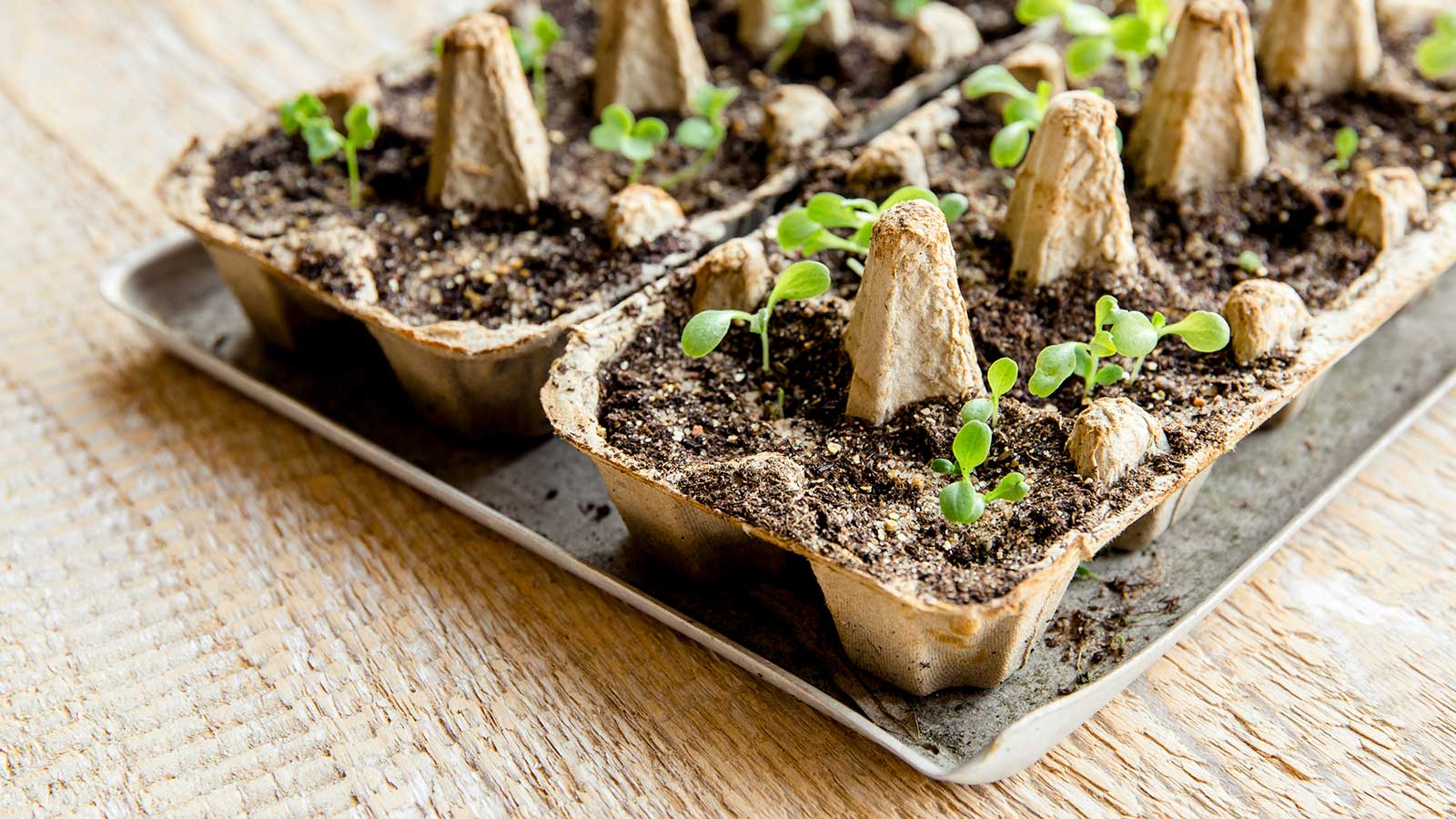
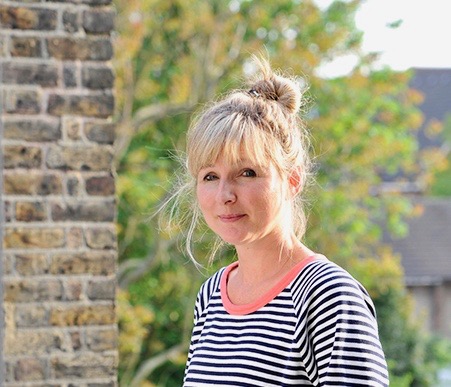
If you've planted seeds during the winter, it's an exciting time when they start to germinate and emerge in spring. Yet, that hopeful anticipation can soon be dashed if those little green sprouts look weak and spindly. However, it doesn't signal the end; it's entirely possible to fix leggy seedlings.
Whether you're growing ornamentals or edibles, most seedlings, especially those started indoors, can have a tendency to go 'leggy' if you're not careful. If you know how to sow seeds outdoors, this may be less of an issue. In fact, it's a good way to avoid leggy seedlings.
However, if your seedlings are looking spindly, there are various ways to make them stronger. Find out what gardening experts recommend, so that your leggy seedlings can grow into healthy plants and how to prevent them in the first place.
What causes leggy seedlings?
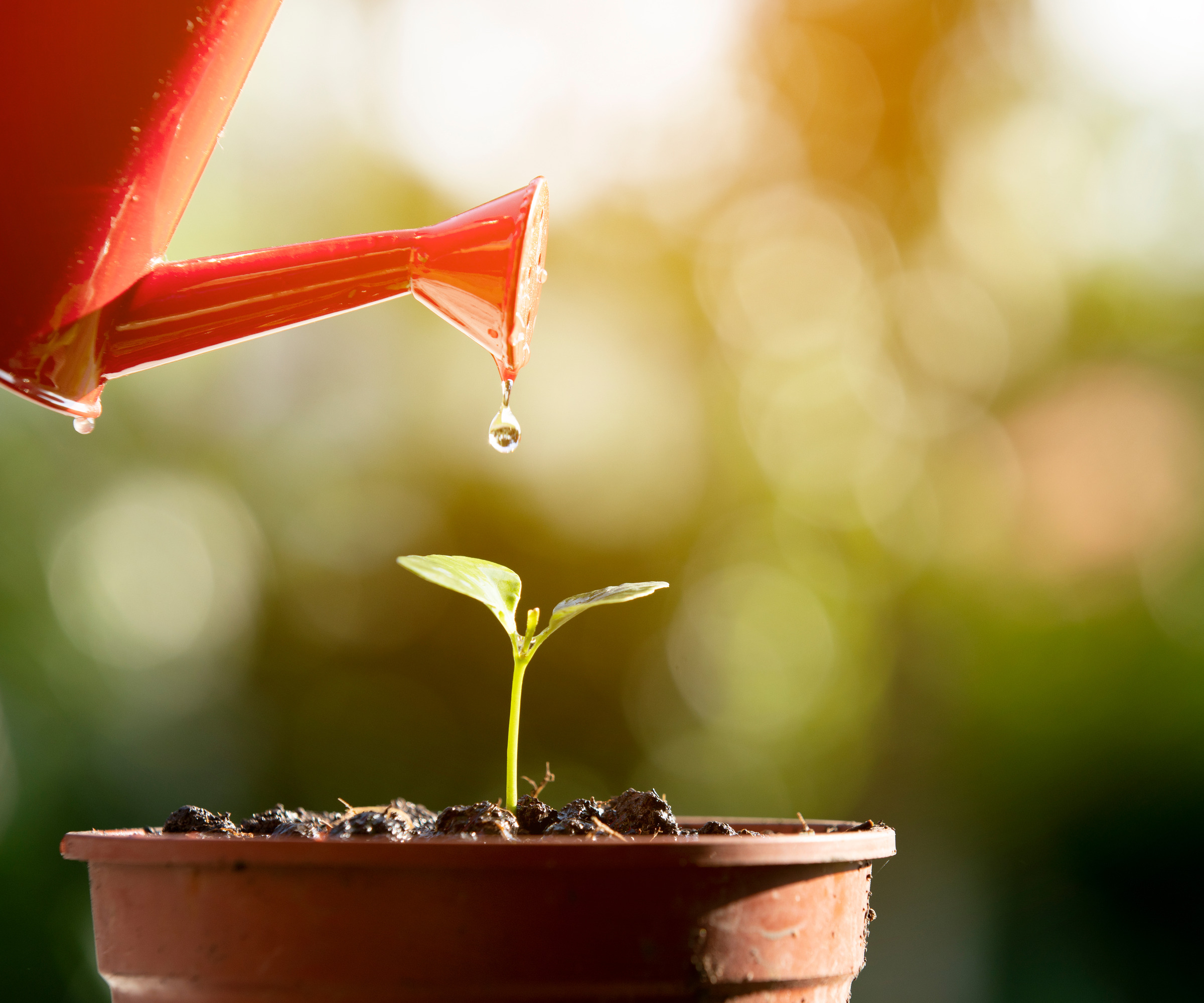
There are several reasons why seedlings may become leggy, but there are two that stand out. When seeds germinate they reach for light, so a lack of light can adversely affect them, (along with other factors which contribute to this). Excess heat is another cause.
'Leggy seedlings are a common issue, usually caused by insufficient light,' says Robin Phelps, gardener and founder, Sow Many Plants. 'When seedlings don’t get enough light, they stretch and grow tall and thin as they reach for a light source.
'This results in weak, spindly stems that are more vulnerable to damage or collapse. This issue can affect most seedlings similarly, as all young plants rely heavily on light to establish healthy growth.'
'Almost all seedlings need bright light, however, leggy seedlings are more common when starting seeds indoors,' explains Matt Mattus, Senior Director of Horticulture, American Horticultural Society. 'Warmer growing conditions can also cause leggy seedlings.
'Although many seeds germinate best in warm conditions, (depending on the species), once germinated, many prefer to grow in cool, bright environments, which often results in stockier, shorter plants. For example, brassicas such as cabbage and broccoli germinate best near 80°F but prefer to grow at around 55°F.'
Possible causes of leggy seedlings:
Insufficient Light: 'This is the most common cause,' says Robin. 'Seedlings need intense, direct light for several hours daily.'
Incorrect Light Distance: 'If the light source is too far from the seedlings, they will stretch to reach it,' she continues.
Overcrowding: 'When seedlings are sown too closely together, they compete for light and space, which encourages legginess,' says Robin.
Too Much Heat: 'While many seeds germinate better with bottom heat, most that require such heat only need it for germination,' says Matt. 'Additionally, several seeds, such as lettuce, prefer to germinate in cooler temperatures, so always verify multiple trusted sources before sowing, to identify the appropriate temperature range for your plants.'
'High temperatures can also encourage rapid growth in some plants, causing seedlings to outpace their ability to develop strong stems,' adds Robin.

Matt Mattus has been involved with horticulture since he was a kid, working in his parent’s garden. By age 12 he was entering the local horticultural society displaying rare plants, cut true lilies, potted trained herbs and exotic vegetables. After a creative career in design, several books on gardening, and active membership of many plant societies, today Matt sits as the Senior Director of Horticulture for the American Horticultural Society (AHS) in Washington, DC.
How to fix leggy seedlings
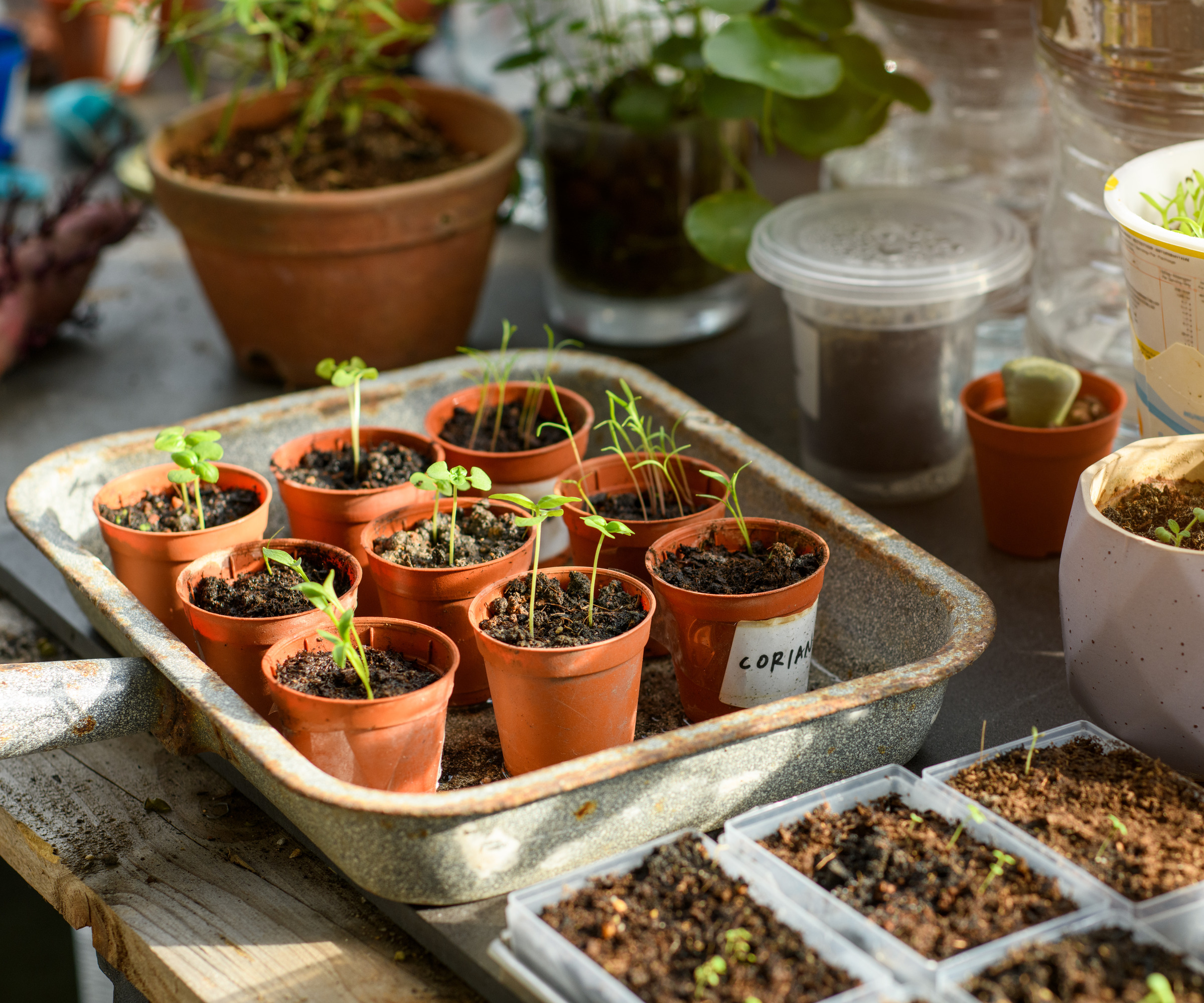
Thankfully, if your seeds have grown into leggy seedlings, it's simple enough to remedy them, but they will need some time and attention, along with increased light levels. Follow the steps below and your seedlings should become stronger and eventually develop into healthy plants, whether they're intended for the flower bed or vegetable patch.
Transplant deeper: For tomatoes, peppers, and brassicas (like broccoli and cabbage), and annual flower seedlings, gently transplant or pot up the seedlings and push them deeper into the soil. 'Burying the stems up to the first set of leaves encourages the stem to grow additional roots and helps to stabilize the plant,' explains Robin.
Turn the tray: If the light source is from one direction only, such as a window, seedlings have a tendency to lean towards it, which can make them leggy. Turning the tray daily gives them a more even light source and can prevent them leaning.
Increase light exposure: Move seedlings closer to a window or an alternative light source, such as grow lights, if necessary. 'Ideally increase the duration of light to 14–16 hours per day,' says Robin. 'If you're using grow lights, make sure the light is no more than 2 - 4 inches above the top of the seedlings.'
'The safest and possibly the best option is full-spectrum LED light units,' says Matt. 'While a sunny windowsill isn’t ideal if you must use window space, choose the sunniest one available.'
Provide support: 'If the stems are extremely weak, use small stakes or toothpicks to gently prop them up until they regain strength,' adds Robin.
Reduce heat and increase air circulation: 'Lower the temperature slightly to slow growth and prevent further legginess,' says Robin. 'A small fan can also help strengthen the stems.'
Take seedling trays outside: 'Often, even a sunny windowsill won’t provide sufficient light,' says Matt. 'However, if you must germinate on a windowsill, try bringing seed trays outdoors on mild days to expose them to bright light (not full sun at first), gentle breezes, and the weather, which will eventually strengthen them.
Pinch them back: 'Often, by pinching back to the first two pairs of leaves, combined with hardening off outdoors, most problems with leggy seedlings can be resolved, but this depends on the species,' says Matt.

Robin Phelps is a Gardening and Preserving Coach, with a passion for nurturing green spaces and preserving the bounties of nature. With over 20 years of experience in gardening, Robin began her journey in a small apartment with a balcony and has since expanded to growing on 3 acres. She has evolved into an expert gardener and is eager to guide others on their gardening journey.
Seedlings that are prone to legginess
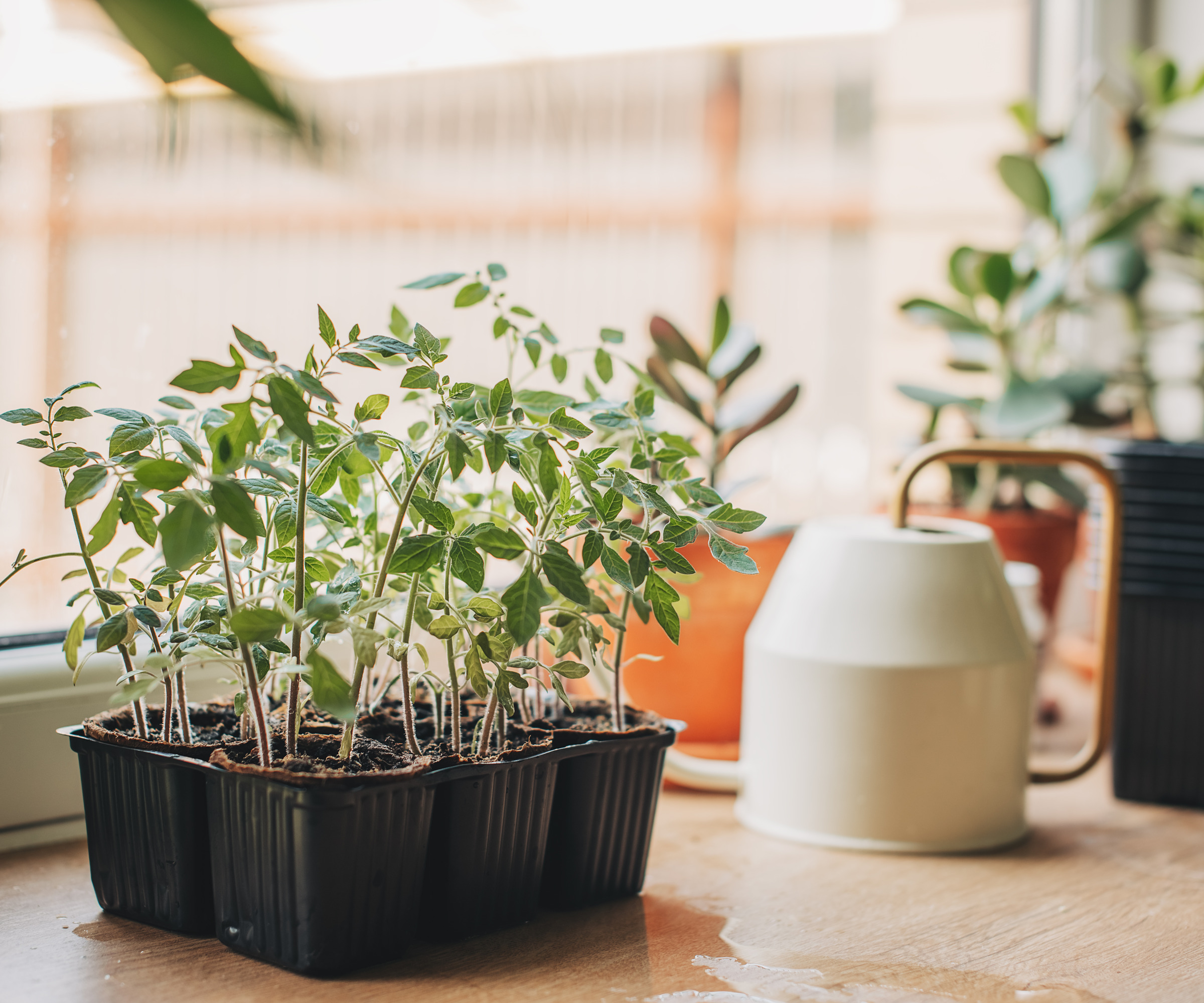
Although most seedlings can grow tall and spindly, especially when started indoors, some plants are more prone to legginess than others. If you're growing any of the following plants, preventative action is a good strategy.
'Plants that naturally grow quickly or need high light levels can become more leggy than others,' says Robin. 'These include tomatoes, peppers and eggplants, as well as brassicas, herbs and flowering annuals.'
Tomatoes: 'These are one of the most common culprits for spindly seedlings, but they respond well to deep transplanting,' says Robin.
Basil and other herbs: These are prone to legginess if they lack sufficient light.
Brassicas (cabbage, broccoli, cauliflower): 'Brassicas often grow leggy if temperatures are too warm,' says Robin.
Petunias and other flowering annuals: These seedlings can be sensitive to light and temperature fluctuations.
Peppers and eggplants: Can grow spindly if they are not given enough warmth and light.
Preventative action
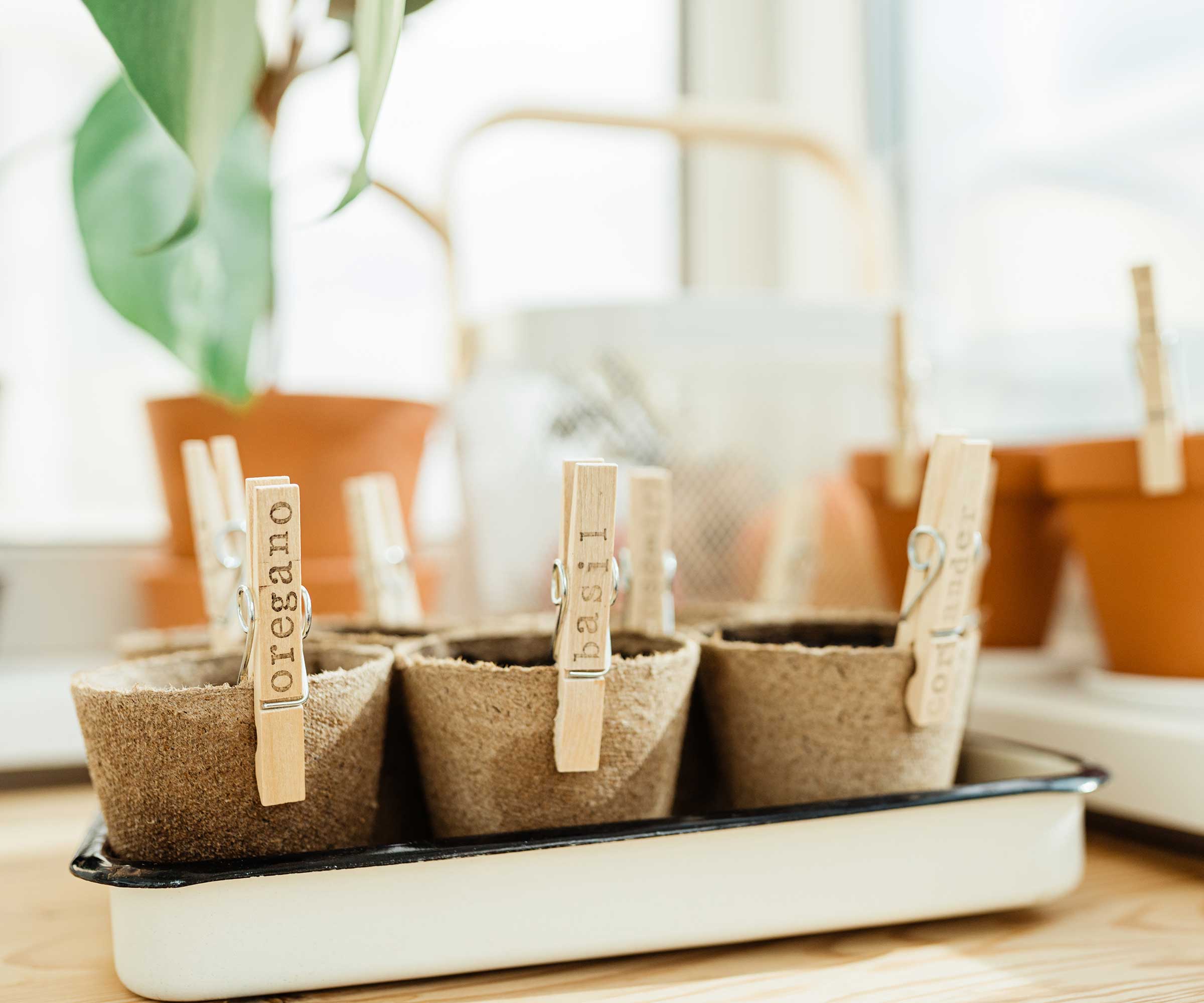
Prevention is always better than cure, and this is particularly true when germinating seeds indoors. Providing seedlings with plenty of light, and cooler temperatures as soon as they have germinated, is the best way to mitigate legginess. However, Matt recommends waiting until it's warm enough to sow seeds outdoors too.
'Always research the germination and growing temperatures that your seedlings require before sowing,' says Matt. 'Many may need a heating mat for germination, but they will grow sturdier if removed from the heat source immediately after emerging from the soil. Nearly all seedlings will need the brightest light indoors.
'The best way to avoid leggy seedlings is to sow a bit later outdoors. This can involve either sowing in seed trays that can be set in a bright outdoor location, though perhaps not in full sun initially, or sowing directly into the soil in May or June.
'Cut flowers like zinnias, cosmos, sunflowers, and marigolds tend to grow stockier and thicker if sown a bit later, ideally near or just after the summer solstice, as this is when they naturally germinate in the wild in Central America, their region of origin. These flowers also thrive better (and are less leggy) in the gradually shortening day length of summer following the solstice.'
If you live somewhere with extended periods of cold weather and really can't wait, by all means get a head start by sowing seeds indoors, but ensure once germinated that your seedlings have these optimal growing conditions:
Provide adequate light: 'Place the seedlings in a location where they receive at least 12–16 hours of bright light daily,' says Robin. 'If natural light is limited, use grow lights. Position them 2–4 inches above the seedlings and adjust the lights as they grow.'
Adjust light timing: 'A lack of regular light cycles can also lead to weak growth,' says Robin. 'It's helpful to use a timer to ensure consistent light exposure.'
Maintain correct temperature: This will vary depending on the type of plant, so check what is best for what you are growing. 'Avoid excessively warm conditions, which can cause the seedlings to have rapid, weak growth,' she adds.
Thin seedlings early: Once the seedlings develop their first true leaves, thin them out to prevent overcrowding. 'Each plant needs ample space to access light and nutrients.' says Robin.
Use a fan for air circulation: 'A gentle breeze mimics outdoor conditions and encourages stronger stems,' says Robin. 'Use a small fan to create mild air movement around the seedlings.'
It's easy to make seed sowing mistakes but some can be rectified. If your seedlings are looking leggy, follow the steps above and they will soon become stockier and sturdier and ready to transplant into bigger pots.
Once they are growing stronger and have been hardened off, your seedlings will eventually be ready for their final destination outside.
Shop your essential seed starter kit
Sign up to the Homes & Gardens newsletter
Design expertise in your inbox – from inspiring decorating ideas and beautiful celebrity homes to practical gardening advice and shopping round-ups.
Jacky Parker is a freelance lifestyle journalist and writer, producing a wide range of features for magazines and websites. She has written for Homes & Gardens and its sister titles, Livingetc and Country Homes & Interiors for more than 15 years, both as a freelance contributor and staff member, regularly reporting on the latest interiors, gardens and lifestyle inspiration, speaking to experts in their respective fields and discovering the newest tips.
You must confirm your public display name before commenting
Please logout and then login again, you will then be prompted to enter your display name.
-
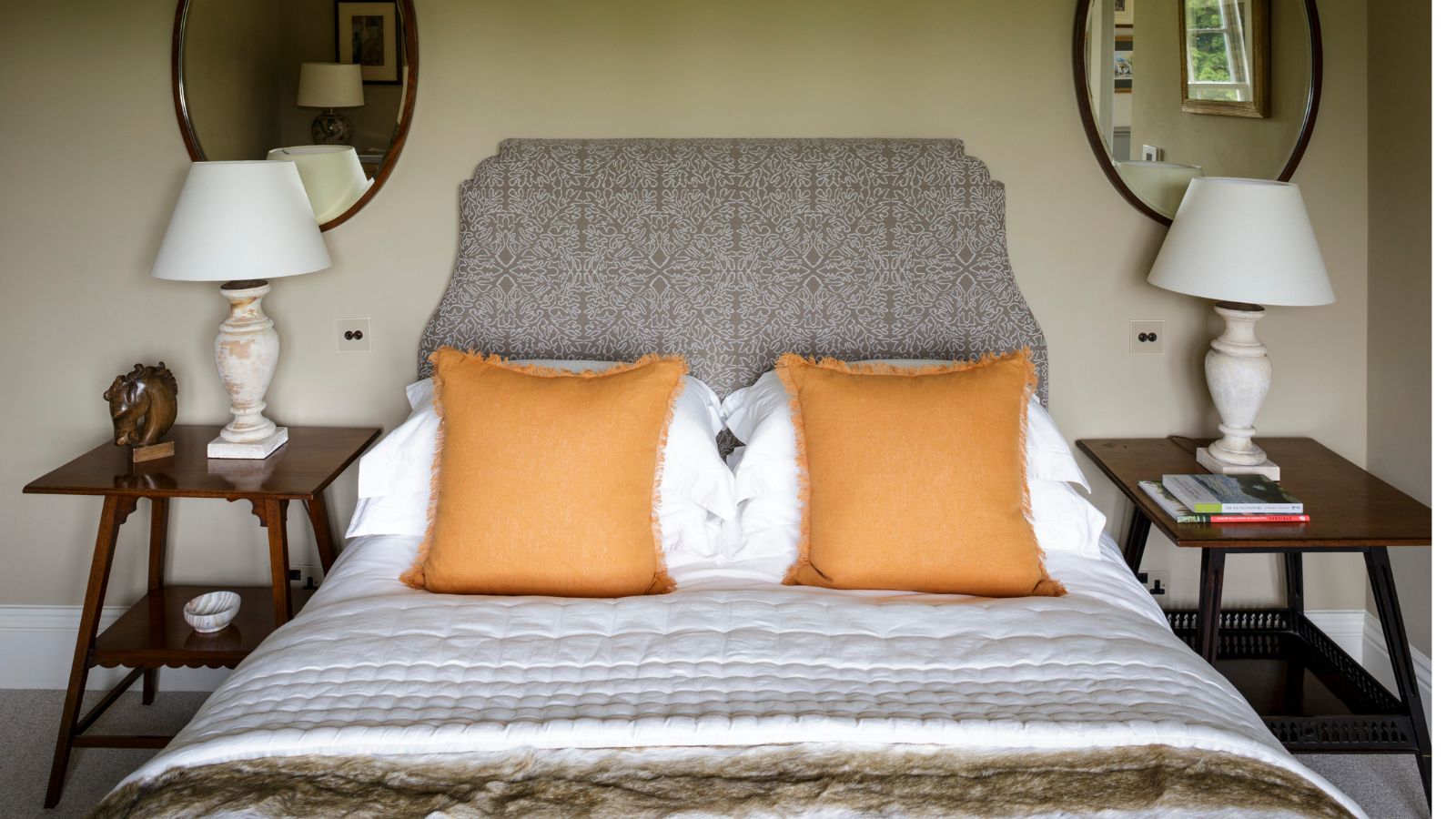 5 surprisingly practical ways to re-purpose old bed sheets for cleaning, decluttering and storage at home
5 surprisingly practical ways to re-purpose old bed sheets for cleaning, decluttering and storage at homeDon't ditch worn-out bedding – there's life in them yet
By Natasha Brinsmead
-
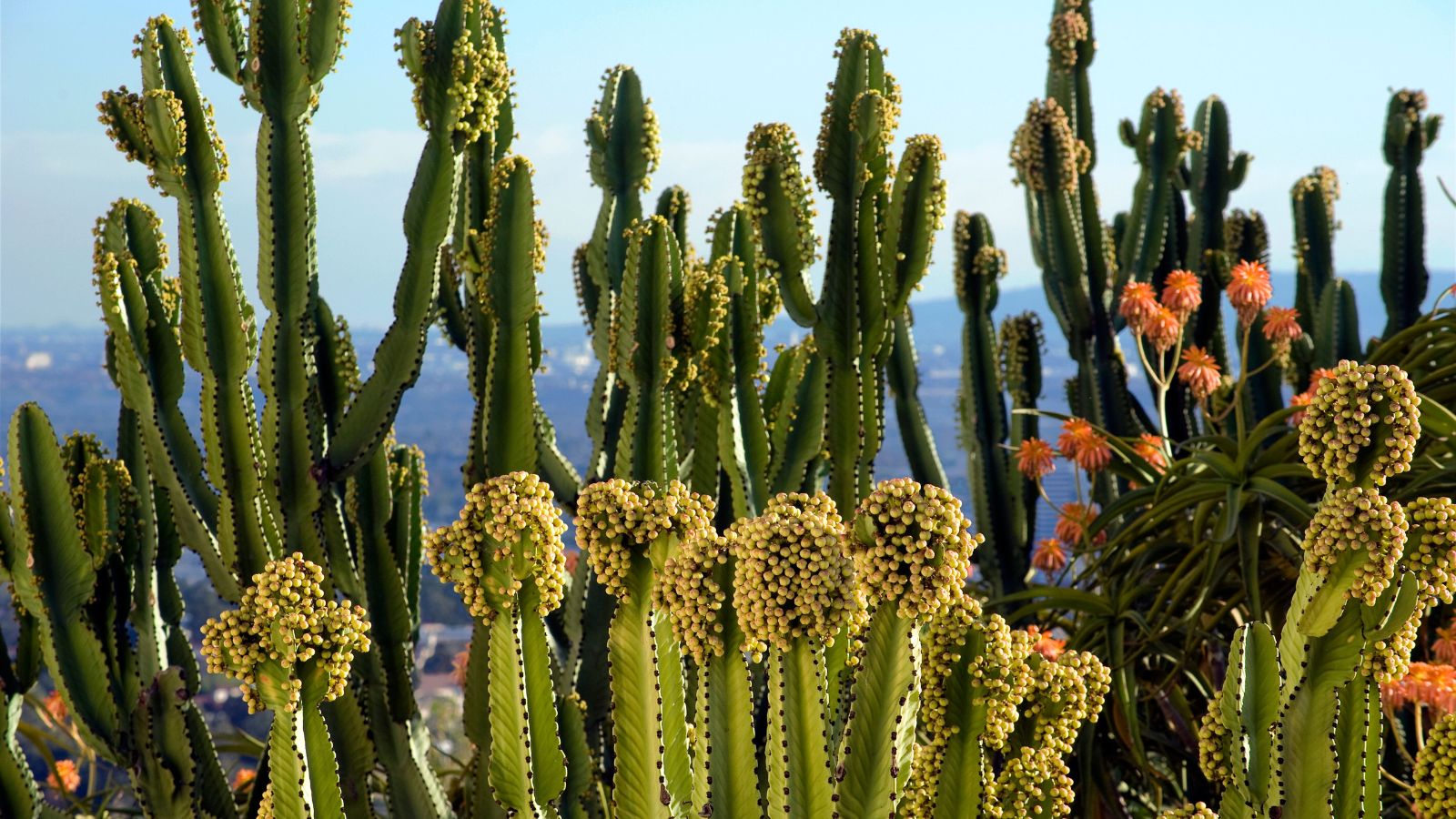 How to grow a cactus from seed – 6 easy, expert-approved steps for succulent success this year
How to grow a cactus from seed – 6 easy, expert-approved steps for succulent success this yearIf you love succulents, why not learn how to grow a cactus from seed this year?
By Lola Houlton
